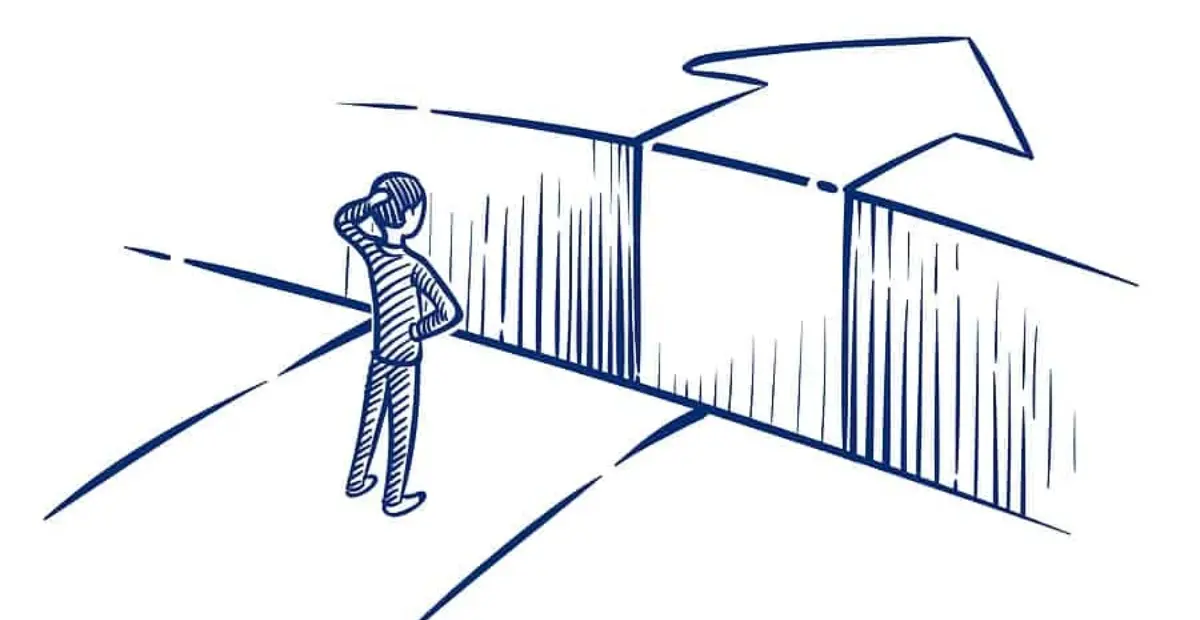We call it the "achievement gap" - but isn't it really an opportunity gap? A closer look at socioeconomic reading disparities — and how we can help your child to close the gap
An opportunity gap of .8 means a testing gap of 3 years.
For decades, efforts to reduce the racial divide on test scores has relied on federal funding to supplement efforts to boost scores among minority students, and this has seen results.
However, regardless of race, the fact is that rich and poor Americans are living, learning, and raising children in increasingly separate and unequal worlds. The income gap is huge, has not narrowed in 50 years, and leads to a large gap in test scores. For high school children, this gap averages four years between students from the highest 10% and lowest 10% income levels.
The gap starts in kindergarten and continues to widen through the eighth grade. Generally called the achievement gap, it is really an OPPORTUNITY GAP.
Students in poverty generally have fewer opportunities to succeed. They are less likely to have two parents at home; their parents are less likely to have a higher education. Children living in poverty generally attend schools with less experienced teachers, are less likely to have books in the home, and are more likely to have food insecurity and home life disruptions. Every one of these opportunity gaps have been shown to hurt learning progress and outcomes.
Two other situations slow down learning progress.
Ubiquitous learning loss experienced by low-income students over the summer
Recent analysis of reading tests given to most low-income students finds that learning loss over the summer varies dramatically. Our experience at Kids Read Now confirms this. Kids, regardless of race, income, or English language proficiency at home, can and do achieve markedly higher learning gains over the summer when parents are engaged, ensure kids read the books that they choose and we provide, and set time to discuss those books.
Talking about books, using the Discovery Sheets inside every book we mail boosts skills significantly. Each Discovery Sheet has questions and activities specifically written for the book. They ask kids to compare what they read with other knowledge they have and different characters they know (text-to-text and text-to-world), to discuss their feelings and experiences (text-to-self), and to go beyond the covers to write and draw stories that spring from the book to the world beyond (imagination/creativity).
Independent research shows that for less than 10 cents a day, kids in our program increase reading scores by 1-2 months over summer. The COVID-19 extended out-of-school time and difficulties with remote learning make this type of mailed reading intervention even more critical.
Rapidly growing dependency on screen time replacing reading time
Tweens spend 5-6 hours a day on screens and teens 7 hours or more on screens. We endorse a simple helper here: #ClickCaptionsON! is a great way for students in 4th grade and beyond to continue reading via captions while absorbing screen content. A dozen studies have shown this will build their reading abilities. Watching a show with captions on for just 30 minutes is the equivalent of reading 30 pages of a 5th grade book.
Closing the opportunity gap begins by having schools using parents as viable, valuable learning resources. Building and focusing on parental engagement processes are proven to work. These “parent training interventions” cost far less than traditional intervention programs that have not narrowed the gap in 50 years.
For more information, contact us.



